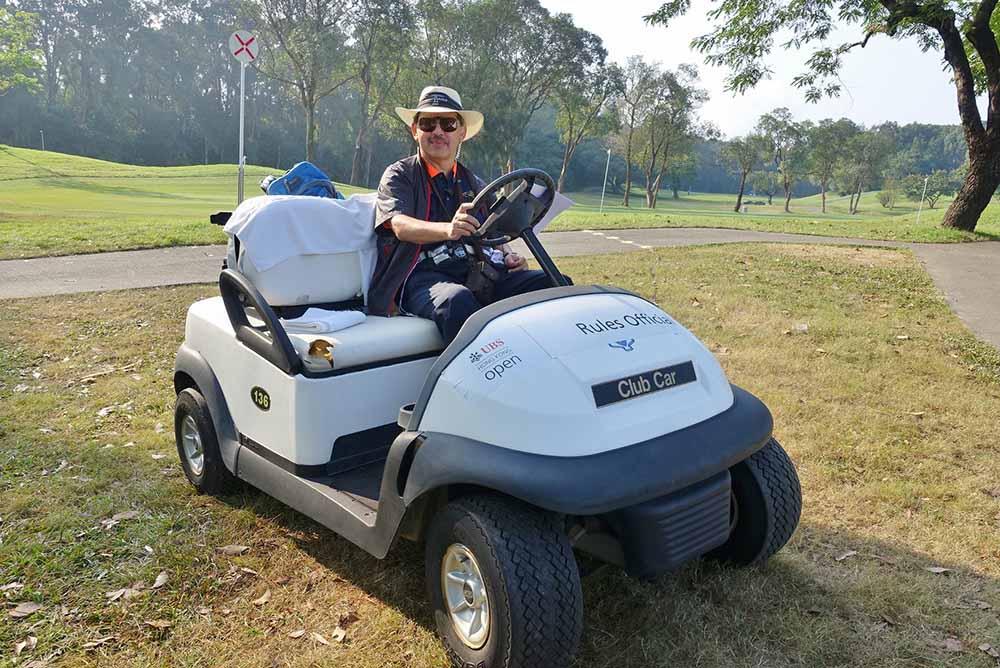
One of the main themes of the new (2019) Rules of Golf is to improve pace of play in golf. The new changes will include reducing the time allowed for a ball search from five minutes to three, encouraging ready golf whenever necessary and more draconian penalties for offenders.
The usual advice to move smartly between shots, be ready to play and to be situationally aware, that is to say, to be aware of your group’s position in relation to the group in front, are points that apply to all golfers.
However, three problems are mainly seen among elite players, both professional and amateur. Often the slowest players are among the best golfers, despite their taking far fewer shots during a round.
The first is poor co-operation within the group. Far too often we see professionals, particularly, standing around doing nothing until another player has completed his/her stroke. For example, player A takes 50 seconds (the maximum allowed for the first to putt) to assess and execute a putt. Players B and C should, at the same time, be starting to assess theirs as far as possible without affecting A. When it is their turn to play, they can complete the rest of their preparation. This way, B and C can usually execute their putts in around 20 seconds. Failure to do this for putts and fairway shots can easily add up to 2 minutes to the play of each hole, which means adding 36 minutes to a round.
The second fault I call information overload. Good players often want excessively precise information, especially on putts, that they cannot really use. For putts of 12 feet and above, we know that even putting machines cannot hole out 100% of the time. Spending an excessive amount of time reading putts not only slows play but probably takes away feel for the shot. Observe the way players like Tom Watson, Rory McIlroy, Brandt Snedeker and other top putters go about their business. They are not slow, and they do not overload their brains with unnecessary information.
The third fault is taking too much time over routine shots, such as a tee shot on a par-4 or par-5 holes. If you use your maximum allotted time for a routine shot, then any extra time taken over a difficult shot will immediately put you over your prescribed pace of play.
What players should aim to do is to work on taking just 10 seconds off each shot. Multiply this by 72 as a representative score for a round and multiply by three again for a three-ball, and 36 minutes will be taken off a round without the player having to rush anything.
Click here to see the published article.











